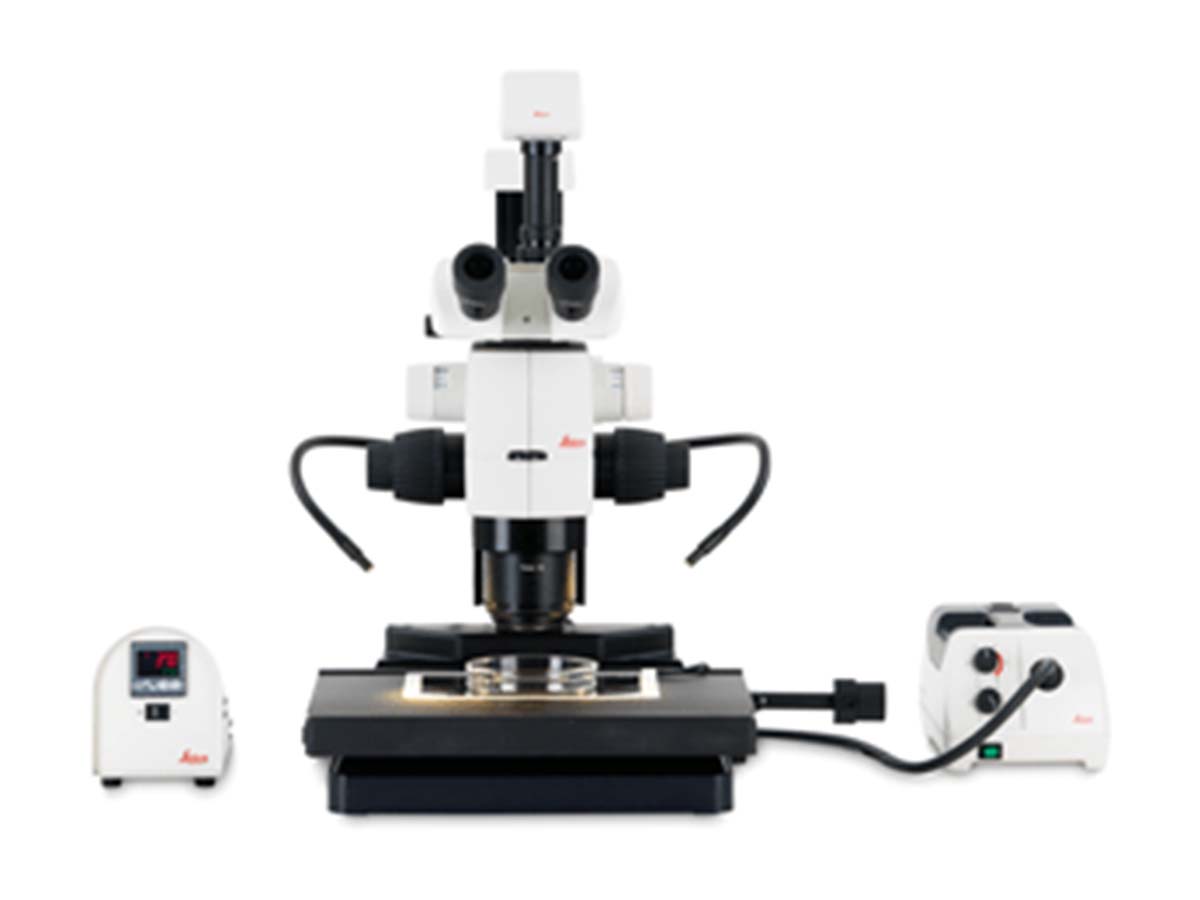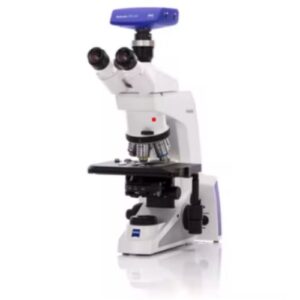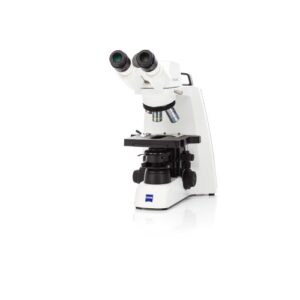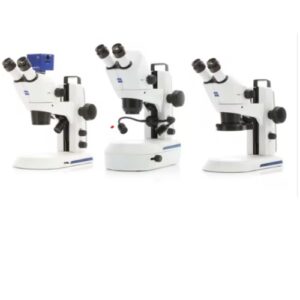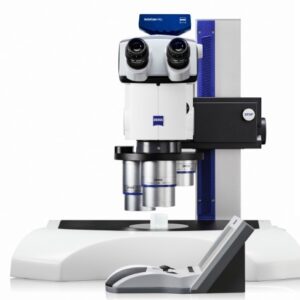I wanted a digital microscope, but you brought me one with eyepieces!
I had a conversation with a customer recently who asked about “digital microscopes.” To that I said, “Define ‘digital microscope,’” complete with air quotes. Why? Because although the term “digital microscope” is often referring to an optical macroscope and camera combination – without eyepieces, the fundamentals of a “digital microscope” are present in many of Leica’s stereo microscopes and macroscopes.
- Precision optics – Check
- High resolution camera – Check
- Coded microscope components – Check
- 3D Imaging and measurements – Check
- Versatile – Check
- Modular – Check and Check
In fact, according to the International Organization for Standardization’s (ISO) definition of a digital microscope (ISO/DIS 18221), the presence or absence of eyepieces is not mentioned:
3.1 – Digital microscopy system: Instrument consisting of an objective, an image sensor and a digital display to make visible minute details that are not seen with unaided eye
Despite this definition, the perception of a digital microscope is one without eyepieces. This mainstream definition is both incorrect and limiting to end users and their respective businesses. The marketplace has become obsessed with adding a digital microscope to their set of available tools when, in many cases, a traditional microscope system with an advanced camera would produce comparable data, provide more flexibility, and most likely come at a lower price. This is, in part, due to digital microscope manufacturers producing a “one size fits all” strategy to their systems. This approach has forced customers to purchase systems with features they will never use – without the ability to accommodate upgrades that address future needs. Sure, users can upgrade a lens or software license but cameras, lighting, automated stages, and computers are unavailable to upgrade. This means that a business will need to purchase a completely new system to address future needs.
There are, of course, exceptions to these limitations. Some manufacturers have opted to offer more modularity or upgradability. Thankfully many companies are moving away from the integrated system computer, opting instead for a separate computer. This limits the risk of a computer failure rendering a digital microscope useless, but it highlights the shortcomings of a “one size fits all” strategy.
One manufacturer that is leading the way in the evolution of the mainstream definition of the digital microscope is Leica Microsystems. The recently introduced DVM6 comes in three different versions with the ability to upgrade lenses, software, and computer as necessary. It currently meets or exceeds the draft standards set forth in ISO 18221. If the DVM6 is not the right fit, there are also the DMS1000 and DMS300 that round out the “digital microscope” offering by Leica Microsystems.
If the digital microscope phrase is opened up to include microscopes with digital components, the options are even greater. Regardless of your experiment or project demands, Leica has a digital microscope that will meet the needs of any project requiring optical observation or analysis. Project needs can be addressed by an upright compound microscope, inverted compound microscope, stereo microscope, or macroscope with hundreds of options.
Leica’s commitment to the modular microscope design also offers businesses the opportunity to upgrade when an unforeseen challenge arises. This is something that Leica has been doing for years. In fact, Leica microscopes that are 20 years old are still in use today because of their quality manufacturing, but also modularity. Leica has made a point to manufacture systems that are compatible across generations of microscopes. This is demonstrated in the cross compatibility in the stereo microscopes of 15 years ago. In fact, I have personally upgraded a 40 year-old microscope with a new trinocular head to accommodate a camera attachment. This commitment is also demonstrated in Leica’s continued support of digital cameras that are over 12 years old – several of which were first generation digital cameras!
Although these systems are not the type that can be purchased “off the shelf,” they do come with highly skilled experts to help advise on critical configuration decisions. The microscope and imaging specialists at W. Nuhsbaum, Inc are prepared to help you identify the microscope system that best fits your projects, regardless of whether the microscope is digital or includes eyepieces.
Get in touch with us and experience the expertise for yourself.

